History and develpment
Ta’er Temple has been over 400 years since it was first built in the 39th year under the reign of Emperor Jiajing in Ming Dynasty (1560 AD). For those 400 years, it had gradually become an ancient building complex with distinct national features and local style. With an area of over 600 mu, the temple is composed of numerous halls (52), sutra halls, pagodas and monk residences (9,300). The total number of monks in the temple reached more than 3,600 at its peak. The temple is surrounded by mountains on all sides; solemn Buddha statues are in magnificent halls and towers stand here and there. The Grand Golden Tiled Hall and Great Sutra Hall are main buildings of the temple. The Grand Golden Tiled Hall was built during the period of Emperor Kangxi with an area of 56m2. It is a building of three stories with overhanging eaves and gabled roof covered with gold-plating copper tiles. The walls are made of glazed tiles with exquisite patterns. The Silver Tower in the Grand Golden Tiled Hall which was built in honor of Tsongkhapa has been praised as “the first solemn in the world”. A tablet of “Buddhism Sutra Pillar” inscribed by Emperor Qianlong is hung above the front door. The Great Sutra Hall was built in the 40th year under the reign of Emperor Wanli in Ming Dynasty (1612), which was destroyed by a fire and rebuilt in the first year of the Republic of China (1912) into a hall of 2,750m2 with 18 long columns and 90 short ones which are wrapped by special carpet. The carpet mats are arranged on the ground for 3,000 monks to gather for chanting. Countless Buddha statues, Tibetan sutras, thrones for Dalai, Panchen and abbot are placed in right west, and various scroll paintings of appliqués embroidery are hung between columns. |
|
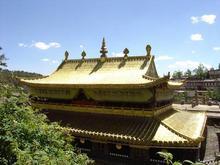 |
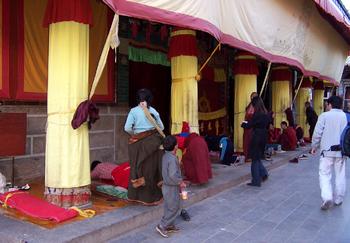 |
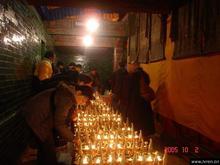 |
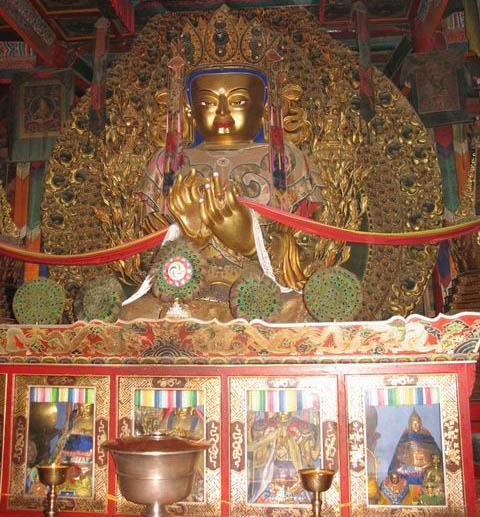 |
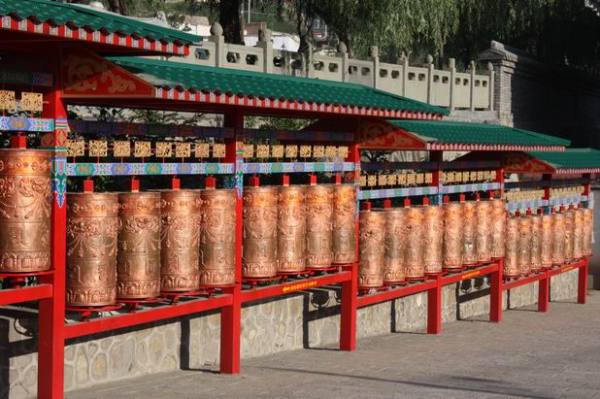 |
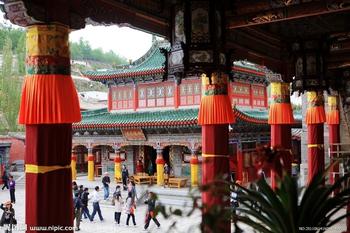 |
